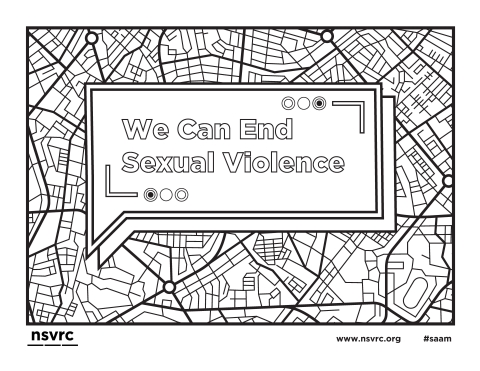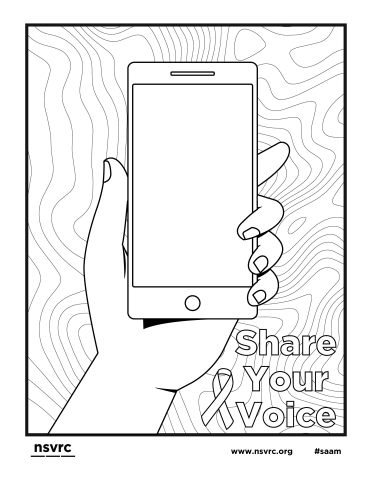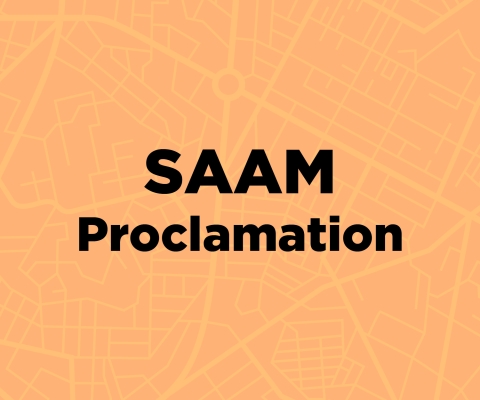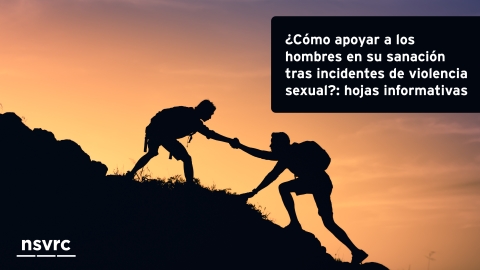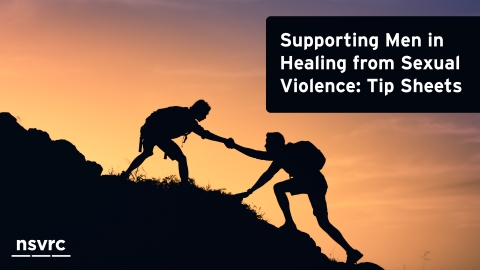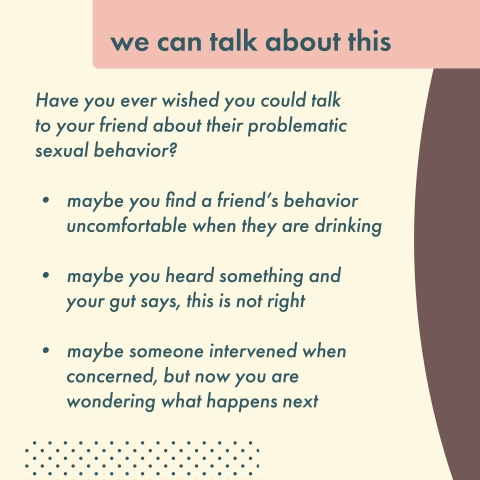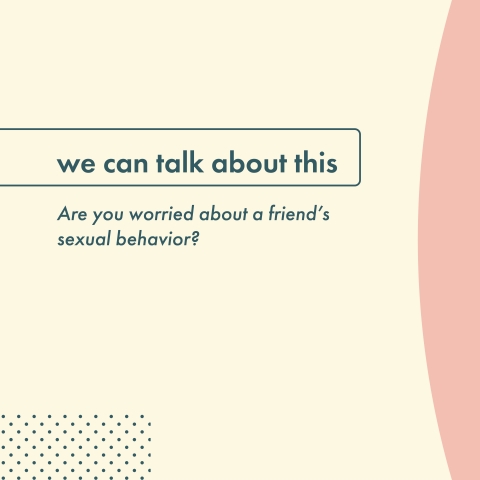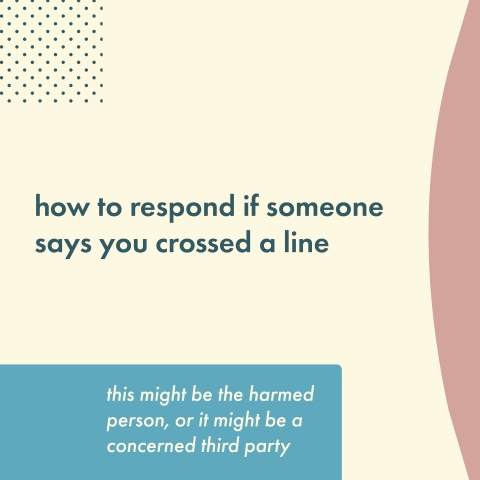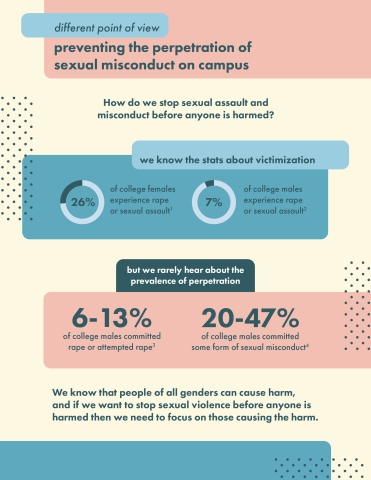The NSVRC collects information and resources to assist those working to prevent sexual violence and to improve resources, outreach and response strategies. This page lists resources on this website that have been developed by NSVRC staff.
- Febrero 29, 2024
- Laura Palumbo
This coloring page was designed as a part of NSVRC's Building Connected Communities campaign for Sexual Assault Awareness Month (SAAM) in April 2024. Share how you are coloring to build community for #SAAM.
- Febrero 29, 2024
- Laura Palumbo
This coloring page was designed as a part of NSVRC's Building Connected Communities campaign for Sexual Assault Awareness Month (SAAM) in April 2024. Share how you are coloring to build community for #SAAM.
- Febrero 29, 2024
- Laura Palumbo
This coloring page was designed as a part of NSVRC's Building Connected Communities campaign for Sexual Assault Awareness Month (SAAM) in April 2024. Share how you are coloring to build community for #SAAM.
- Febrero 29, 2024
- Laura Palumbo
Sexual Assault Awareness Month is a time to draw attention to the prevalence of sexual assault and educate individuals and communities about how to prevent it. Use this proclamation as a clear declaration to join advocates and communities across the country in taking action to prevent sexual violence.
- Enero 18, 2024
- JL Heinze
Una serie de hojas informativas sobre cómo trabajar con los hombres. Entre los temas están: cómo llegar a los hombres, adicción, sobrevivientes transmasculinos, exámenes forenses, hombres recluidos, recursos para hombres y enlaces de referencia rápida para los intercesores. Este recurso es parte del conjunto de publicaciones ¿Cómo trabajar con sobrevivientes masculinos de violencia sexual?.
- Enero 18, 2024
- NSVRC
A series of tip sheets on working with men. Topics include reaching men, addiction, transmasculine survivors, forensic exams, incarcerated men, resources for men, and quick reference links for advocates. This resource is part of Working with Male Survivors of Sexual Violence.
- Diciembre 14, 2023
- Laura Palumbo
This series of six social media graphics is designed to guide you through talking to a friend about their problematic sexual behavior. This is the full length version of the We Can Talk About This Teaser. These graphics are a part of the Let's Talk set of resources for college students on talking with a friend about concerning sexual behavior.
- Diciembre 14, 2023
- Laura Palumbo
This series of three social media graphics is designed to prompt you to think about talking to a friend about their problematic sexual behavior. The teaser is a shortened version of the full-length We Can Talk About This. These graphics are a part of the Let's Talk set of resources for college students on talking with a friend about concerning sexual behavior.
- Diciembre 14, 2023
- Laura Palumbo
This series of five social media graphics guides you through how to respond if someone says you crossed a line. These graphics are a part of the Let's Talk set of resources for college students on talking with a friend about concerning sexual behavior.
- Diciembre 14, 2023
- Laura Palumbo
Learn facts and information about people who cause sexual harm and ways to prevent perpetration. This infographic is a part of the Let's Talk set of resources for college students on talking with a friend about concerning sexual behavior.
Paginación
- Página anterior
- Página 4
- Siguiente página

